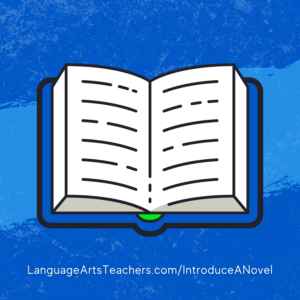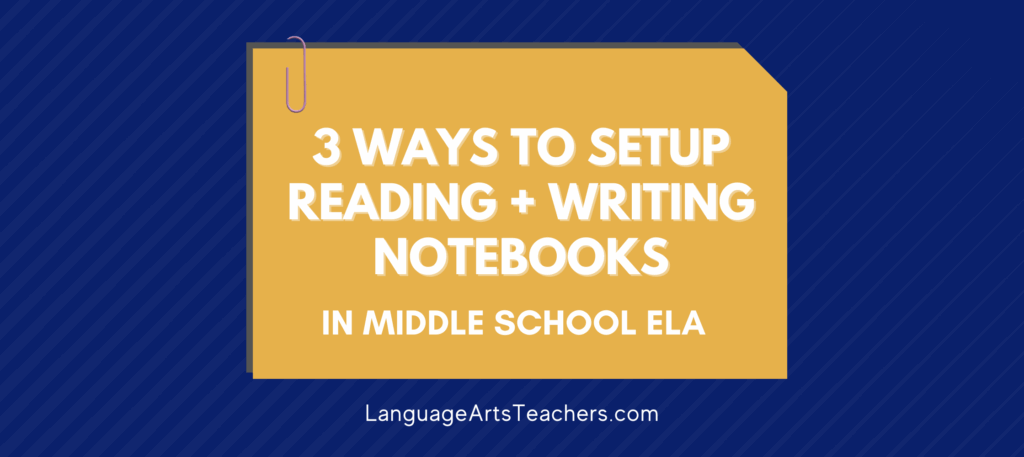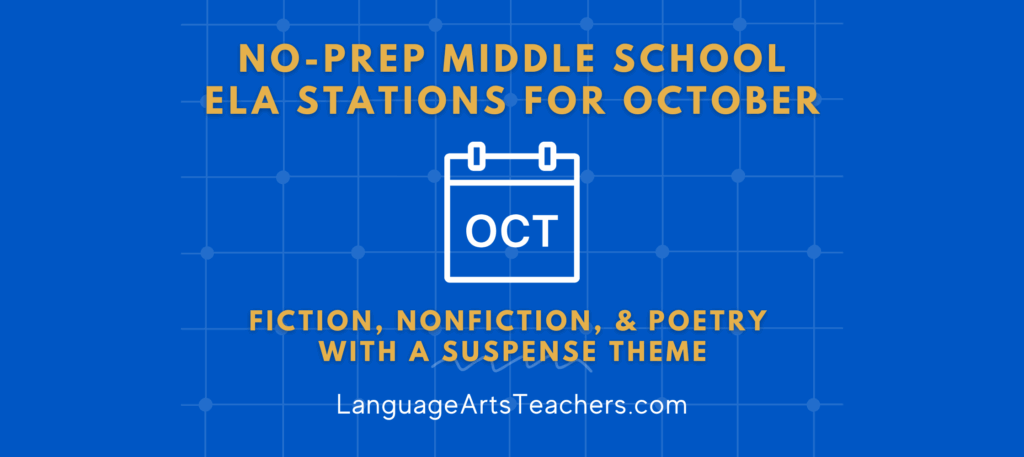The BEST, most engaging way to introduce a novel that will have students literally BEGGING (no joke, no hyperbole here) to read the book already is with a simple, zero-prep game of “20 Questions” you can pull out of your back pocket (figuratively speaking) anytime you wish.
I absolutely love playing “20 Questions” with my middle school students before reading a new novel– It really gets them excited about it while also providing real-life practice in critical thinking!
Here’s how to do it:
1) Don’t tell them the title or the book or anything at all about it.
*This is the most crucial element of the game that so many people ignore. It’s vitally important that you don’t mention the book’s title, or author, or that you have any copies sitting around (don’t play the game with the class set of books sitting out there in the open right on your desk LOL).
2) Tell them that as a class, collectively, they get to ask you ONLY 20 questions about the book they’ll be reading tomorrow, so they have to make up good questions that’ll give them the most information . . . Even though you can only respond with a “yes” or a “no.”
3) And that’s where the intense critical thinking comes in for your students! The trick is that you can only answer “yes” or “no” to any question, so they have to be strategic about what to ask and how to ask it (fantastic for fostering those critical thinking skills).
4) You (or a student) can draw a “t chart” on the board with “YES” on the left and “NO” on the right. Place “tick marks” under each side as each question is asked. This also serves to show students how many questions have been asked, leading up to 20.

Tips for a lively, exciting, and memorable game in your class:
Asking really good, thoughtful questions is hard for students at first because watch–they’ll use up the first few questions in ways that don’t provide useful information for them.
→ “Does it take place a long time ago?”
→ “Is it a movie?”
→ “Is there a boy in it?”
Those are wasteful questions because the goal is to figure out as much as they can about the book, like the GOOD stuff: What’s it about? What happens in it?
Feel free to share those “lacking” questions with your students ahead of time so they can maximize their questions and think strategically.
*** Hint *** I like to put my students into small groups and then each group gets to present a question. You can even have students write their own questions individually, and then as a group they get to pick the ‘best’ ones to ask when it’s their turn. They have to actively LISTEN to each other because if they ask a question that another group already asked, it uses up one of those precious 20 questions!
. . . And tell them that⤴️ ahead of time, too! Let them know that there’s no “Oops, I didn’t mean to ask that but can I ask another one instead” situations🤪
If a student asks a question that isn’t a yes or no question, simply remind them and say, “Rephrase your question” so they can turn it into a “yes” or “no” question for you.
Another aspect to keep in mind–and explain this to your students, too–is that sometimes a question doesn’t have a simple “yes” or “no” response.
In fact, the best questions–the deepest, most thoughtful questions–often don’t.
So tell them that you will do your best to answer truthfully, but they should know that this is also a challenge for you, too. You’ll be tempted to answer with, “Sort of” or “For the most part” or “It’s complicated!” so let them know that you may be struggling a bit . . . Which is always fun for them to see!
Again, this game of “20 Questions” is totally no-prep at all because it just involves you, your knowledge of the book, and your students. Oh. And time for the game, of course!
I usually allow about 30 minutes for the game due to me explaining the rules, letting students write their own questions ahead of time, getting into groups to review or modify or choose the questions they want to ask, and then the actual playing of the game.
Since I do this with every class throughout the day (even if we’re not reading the same book in each class), I never tell them or show them the actual novel until the next day. First, I don’t want them telling other classes about the book. Second, I want to build up as much excitement and engagement as possible so that when I present the book, it’s an amazing experience for them!
Looking for a full, 100% done-for-you curriculum with naturally-embedded strategies like these for all things reading, writing, speaking, and listening?
Join hundreds of us from around the country in the Middle School ELA Teachers Lesson Plan Membership so you can jump off the struggle bus 🚌and find confidence, clarity, and creativity again in teaching!



